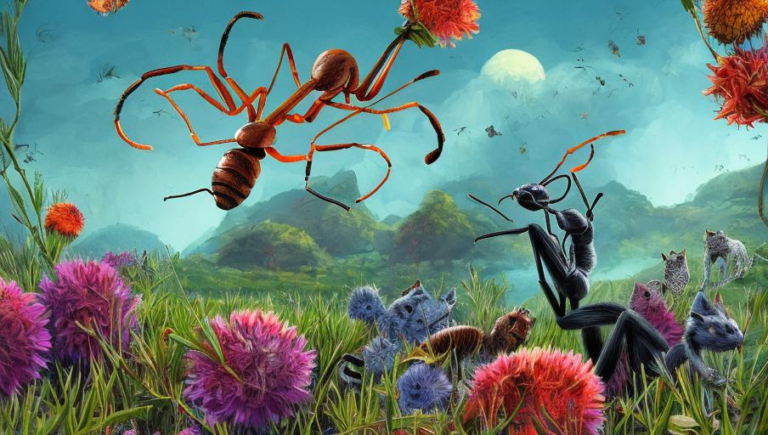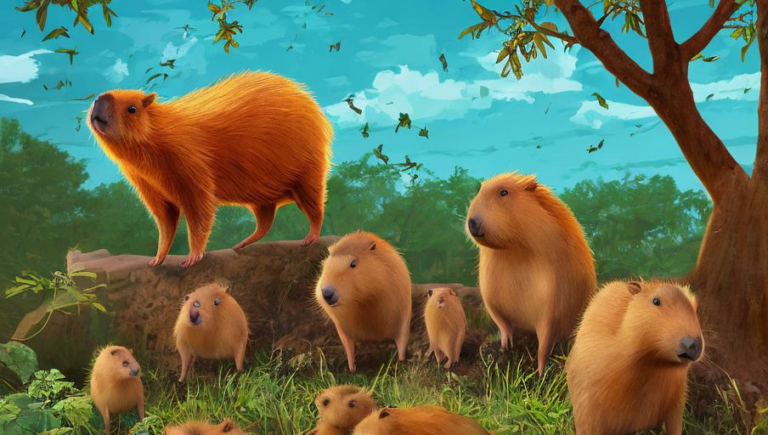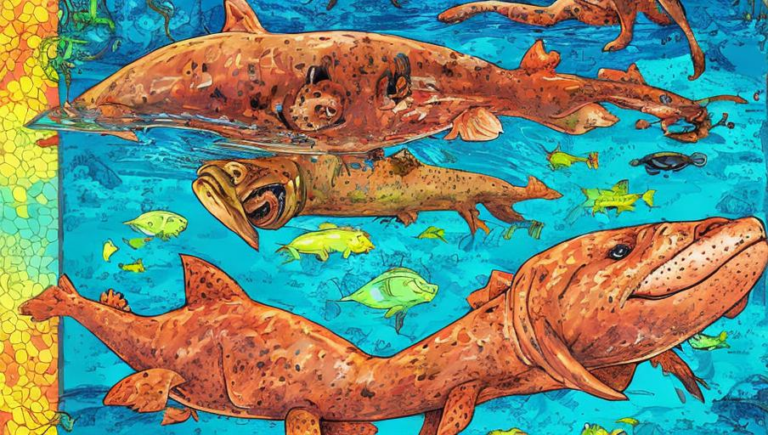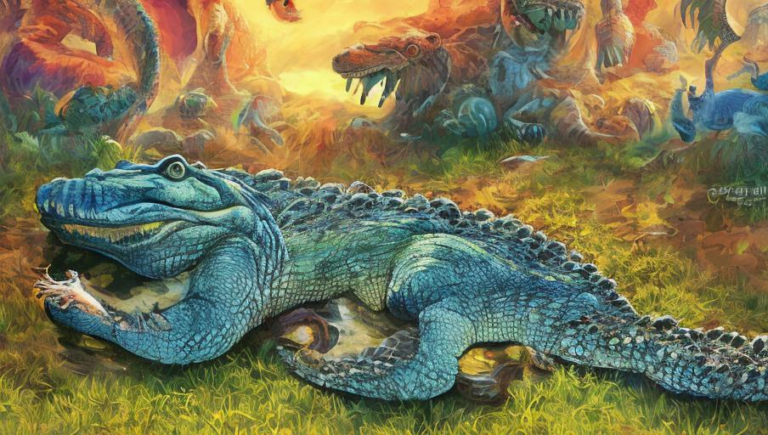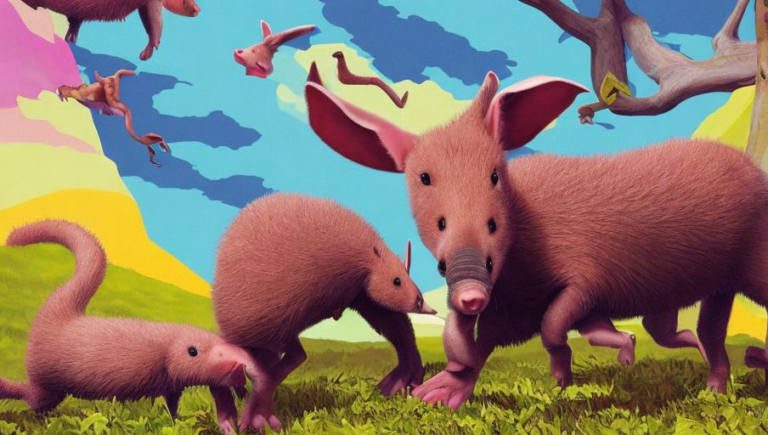Fascinating Facts About the Cassowary
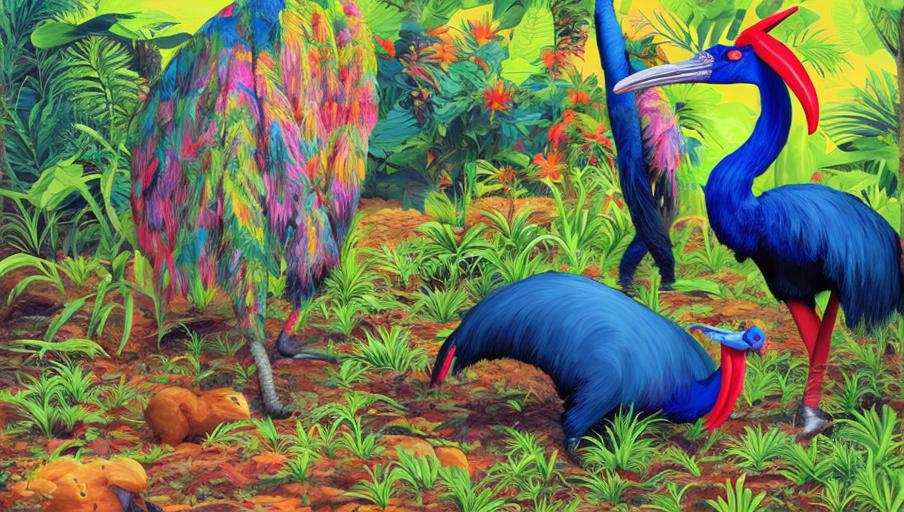
Fascinating Facts About the Cassowary
The cassowary is an impressive bird found in the tropical forests of Australia, New Guinea, and some of the surrounding islands. It is the second largest bird in the world, after the ostrich, and is known for its distinctive bright-colored feathers, long legs, and large claws. It is one of the most interesting and unique creatures found in the wild and has captured the attention of people around the world.
Description
The cassowary is an impressive bird, standing up to 1.5 meters tall and weighing up to 77 kilograms. It has a long neck, a long, sharp beak, and large, powerful claws. Its feathers are bright and colorful, ranging from blue, purple, green, and yellow. The cassowary has a distinctive call, and its diet consists of fruits, nuts, leaves, and insects.
Habitat and Range
The cassowary is found in the tropical rainforests of Australia, New Guinea, and some of the surrounding islands. It prefers the dense tropical forests and is rarely found in open areas. It is usually found in lowland areas, but can also be found in mountain forests. The cassowary is believed to have once been widespread throughout the region, but its range has been decreasing due to deforestation and hunting.
Behavior
The cassowary is a solitary bird and is usually found alone or in small groups. It is mostly active during the day, but can also be seen at night. It is an excellent swimmer and can often be seen crossing rivers and streams. It is also an excellent runner and can reach speeds of up to 30 miles per hour.
Conservation Status
The cassowary is listed as vulnerable by the International Union for Conservation of Nature (IUCN). Its population is decreasing due to habitat loss, hunting, and roadkill. Conservation efforts have been put in place to help protect the species, such as the establishment of protected areas and the development of educational programs. It is also important to reduce the threats posed by hunting and deforestation.
Life Cycle
The cassowary is a long-lived bird, with a lifespan of up to 40 years. They are monogamous and usually mate for life. The female will lay up to three eggs, which are incubated by both the male and female. The eggs will hatch after about 50 days, and the chicks will stay with their parents for up to two years before they become independent.
Conclusion
The cassowary is an impressive and fascinating creature. Its impressive size and distinctive colors make it a fascinating sight, and its behavior and life cycle are equally interesting. Although its population is decreasing due to habitat loss and hunting, it is important to remember that the cassowary is worth protecting and conserving. By increasing awareness and taking action, we can help ensure that this incredible bird remains a part of the world for generations to come.

